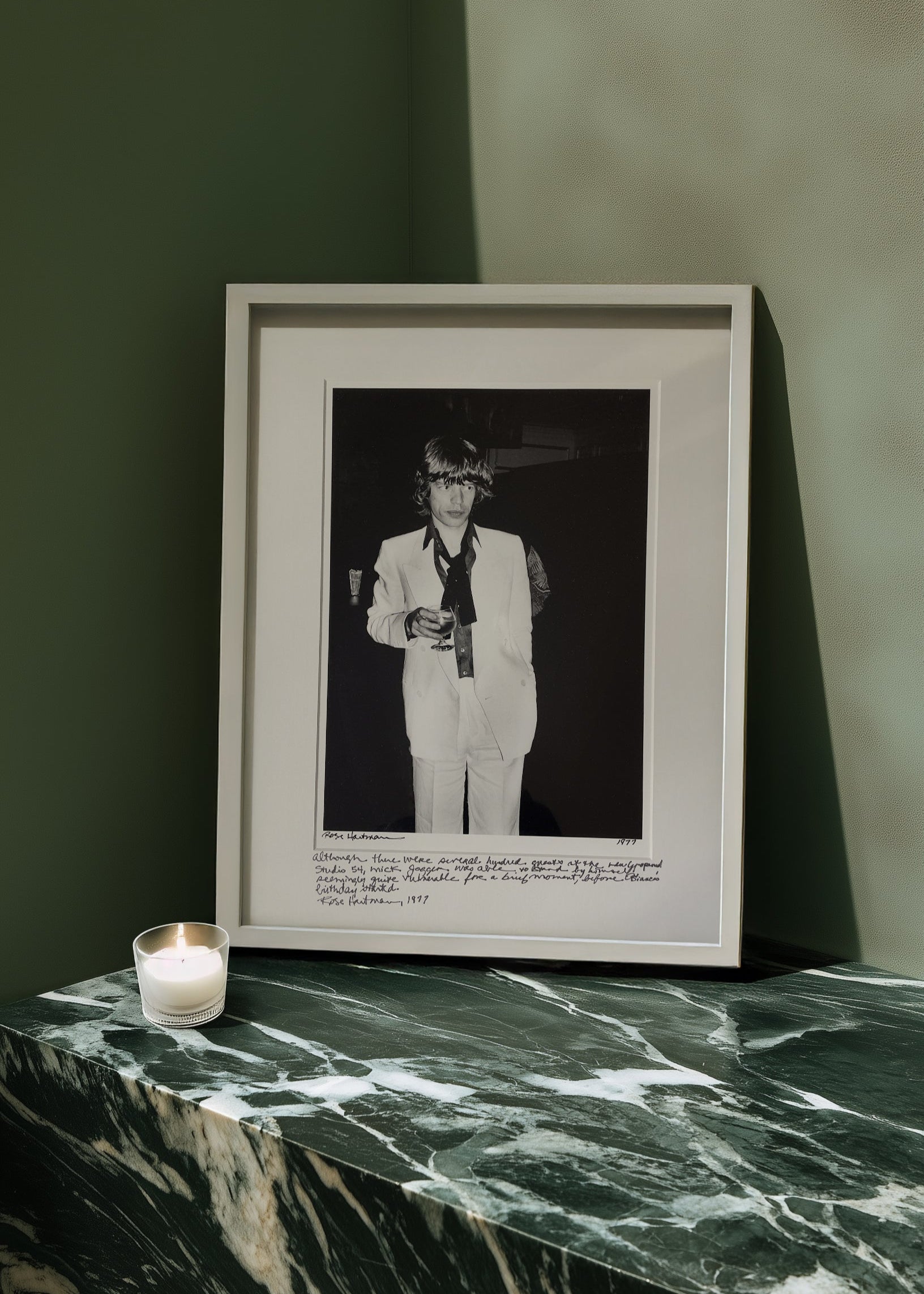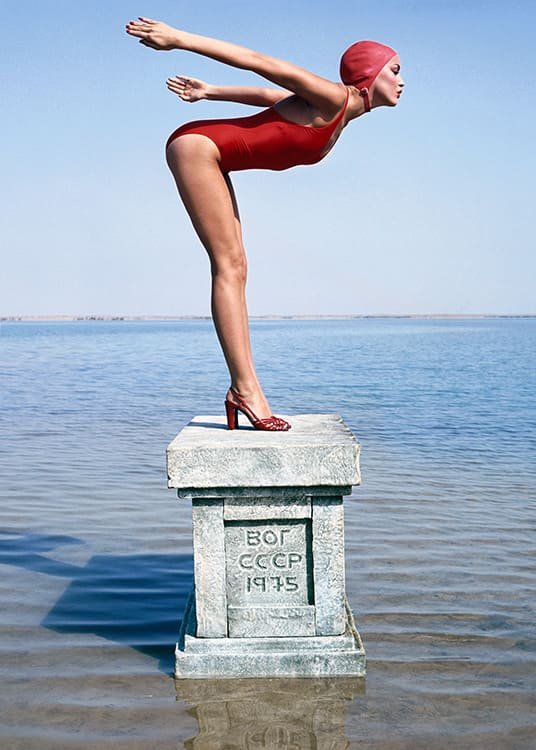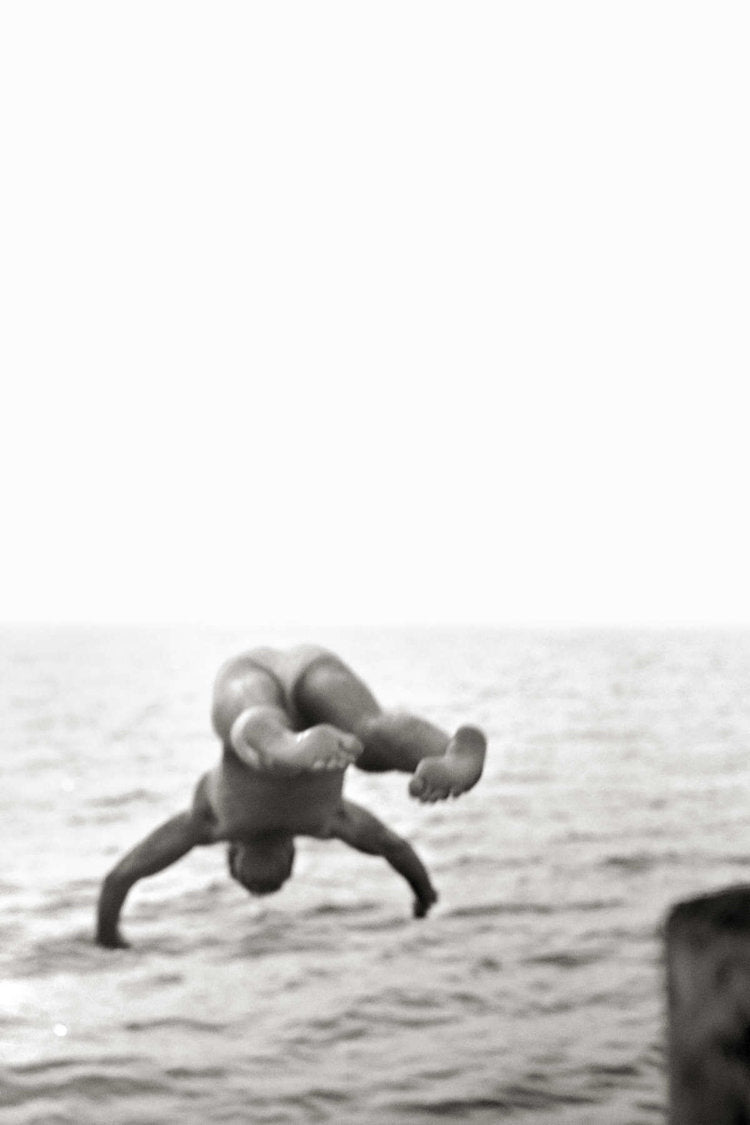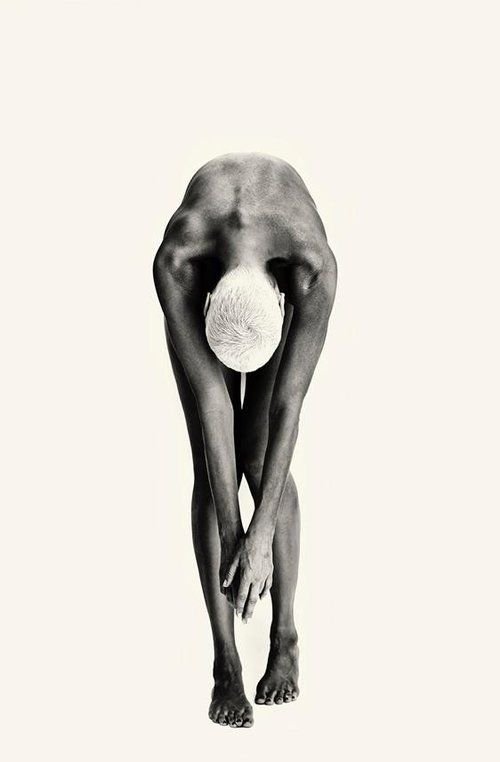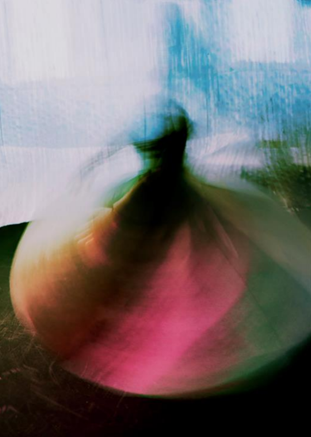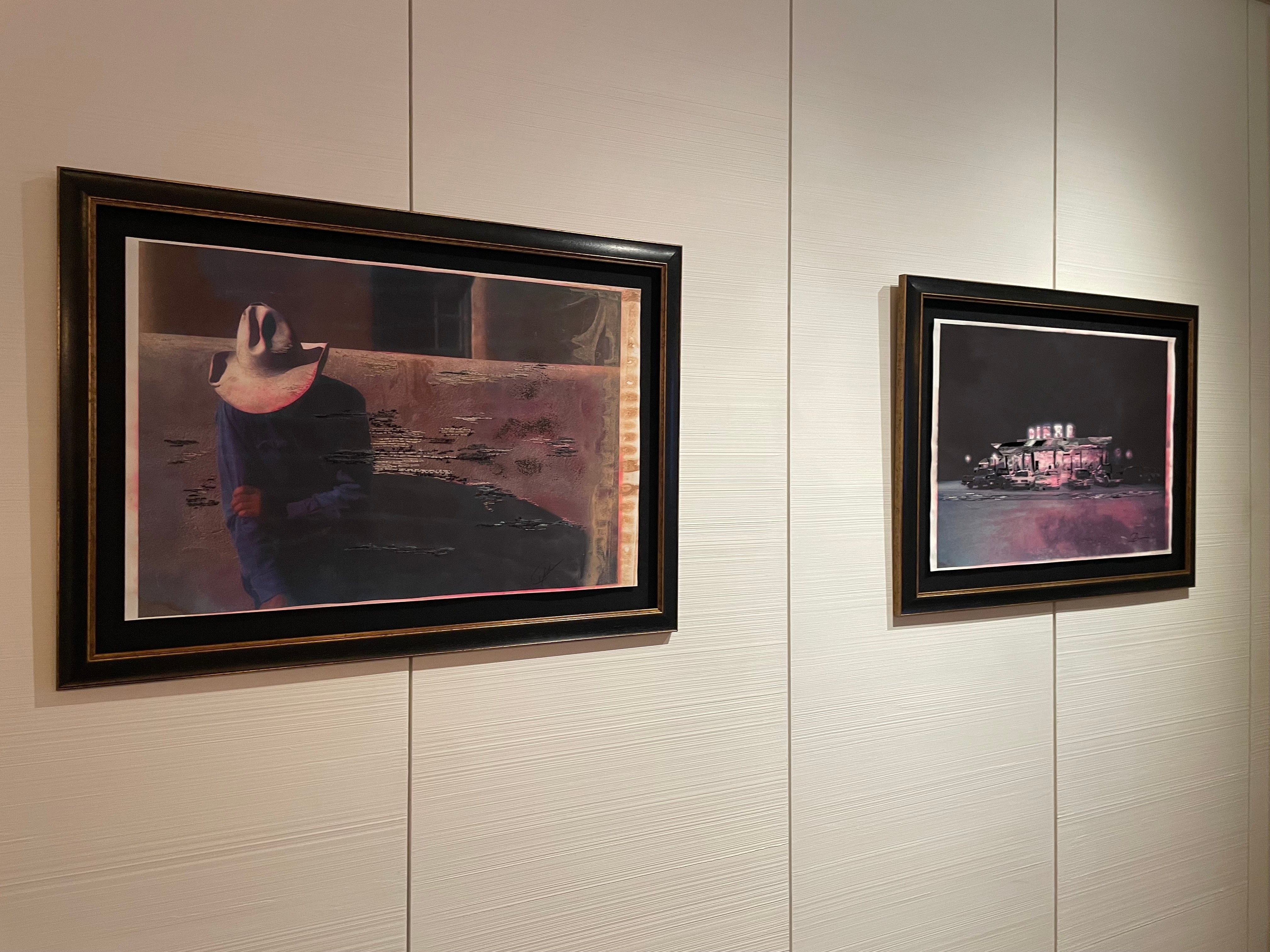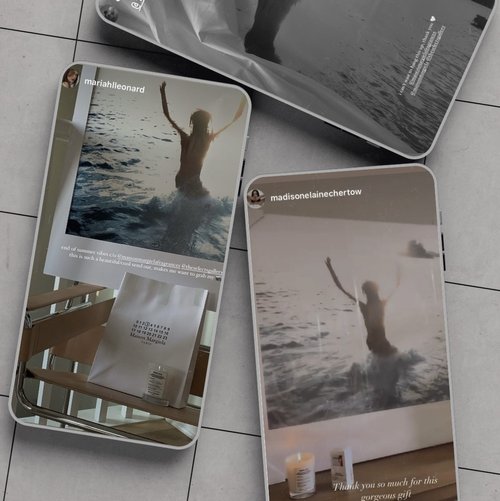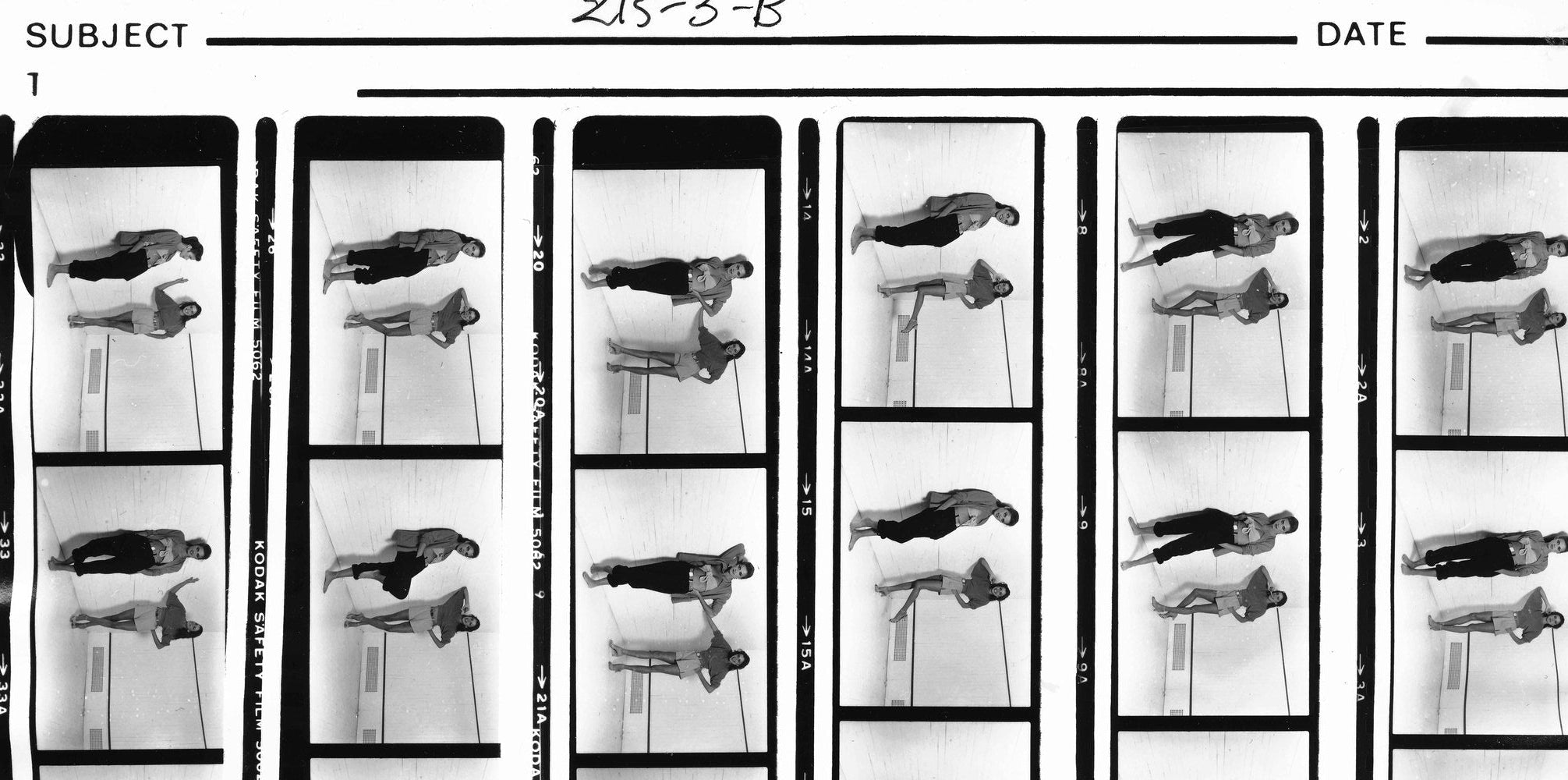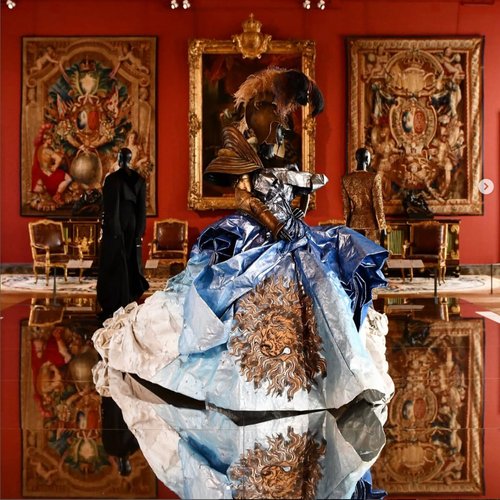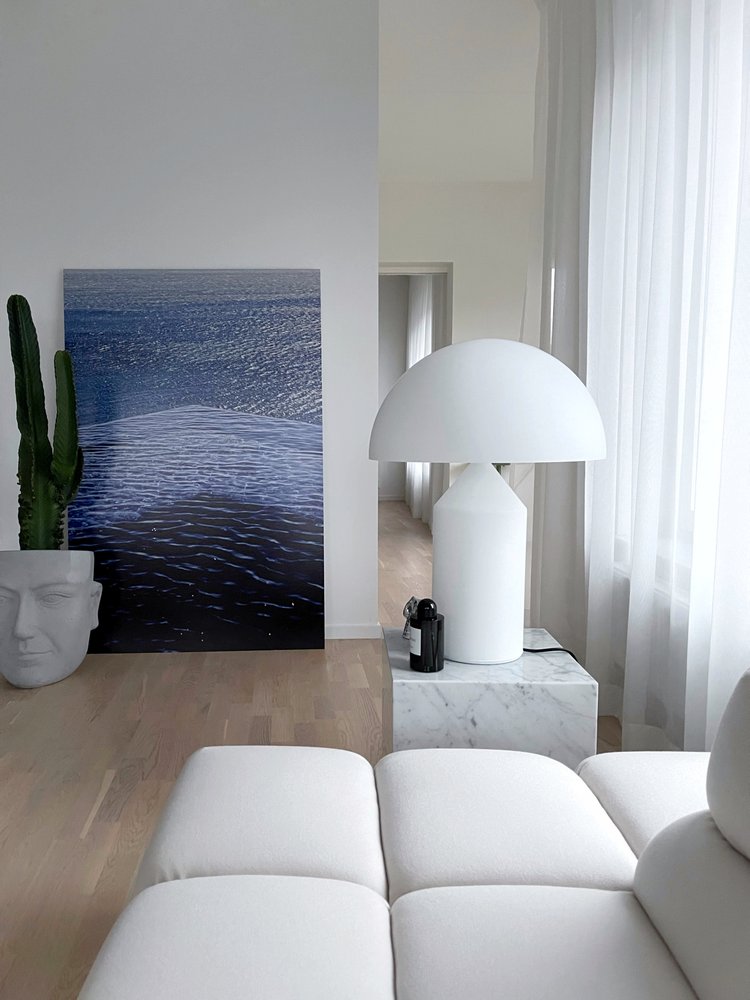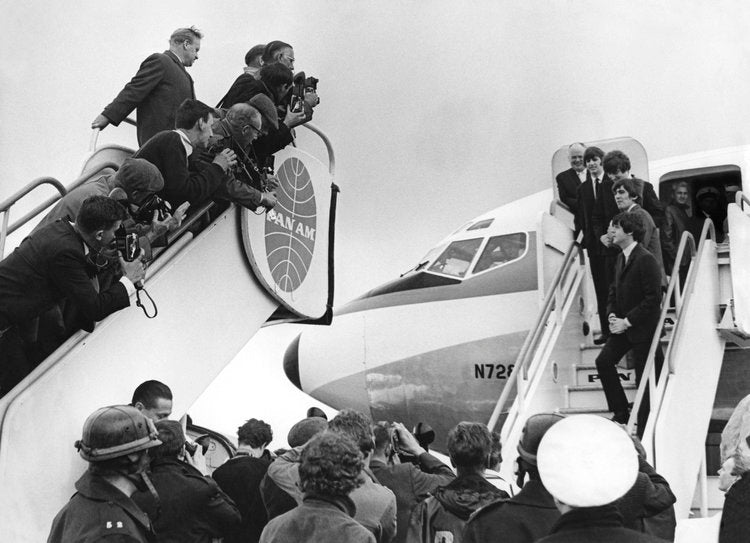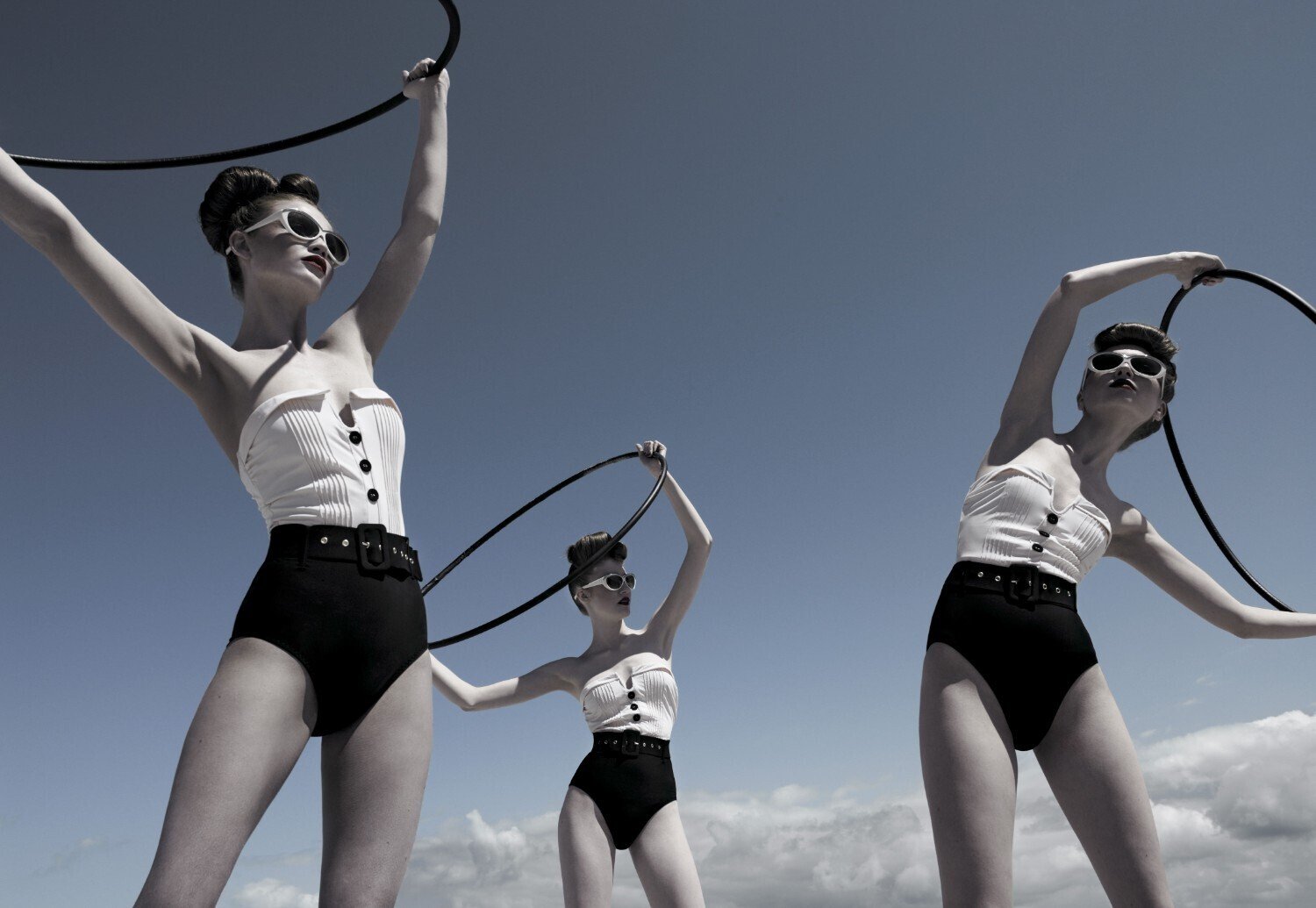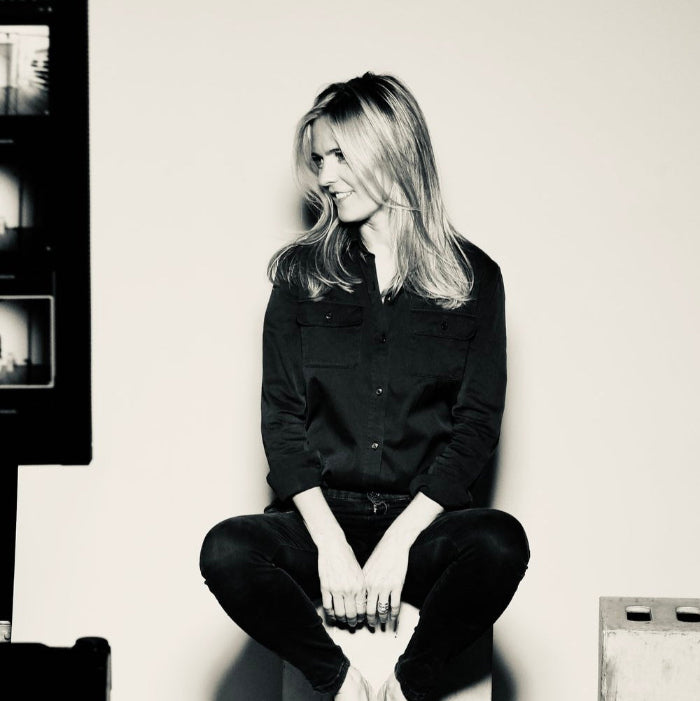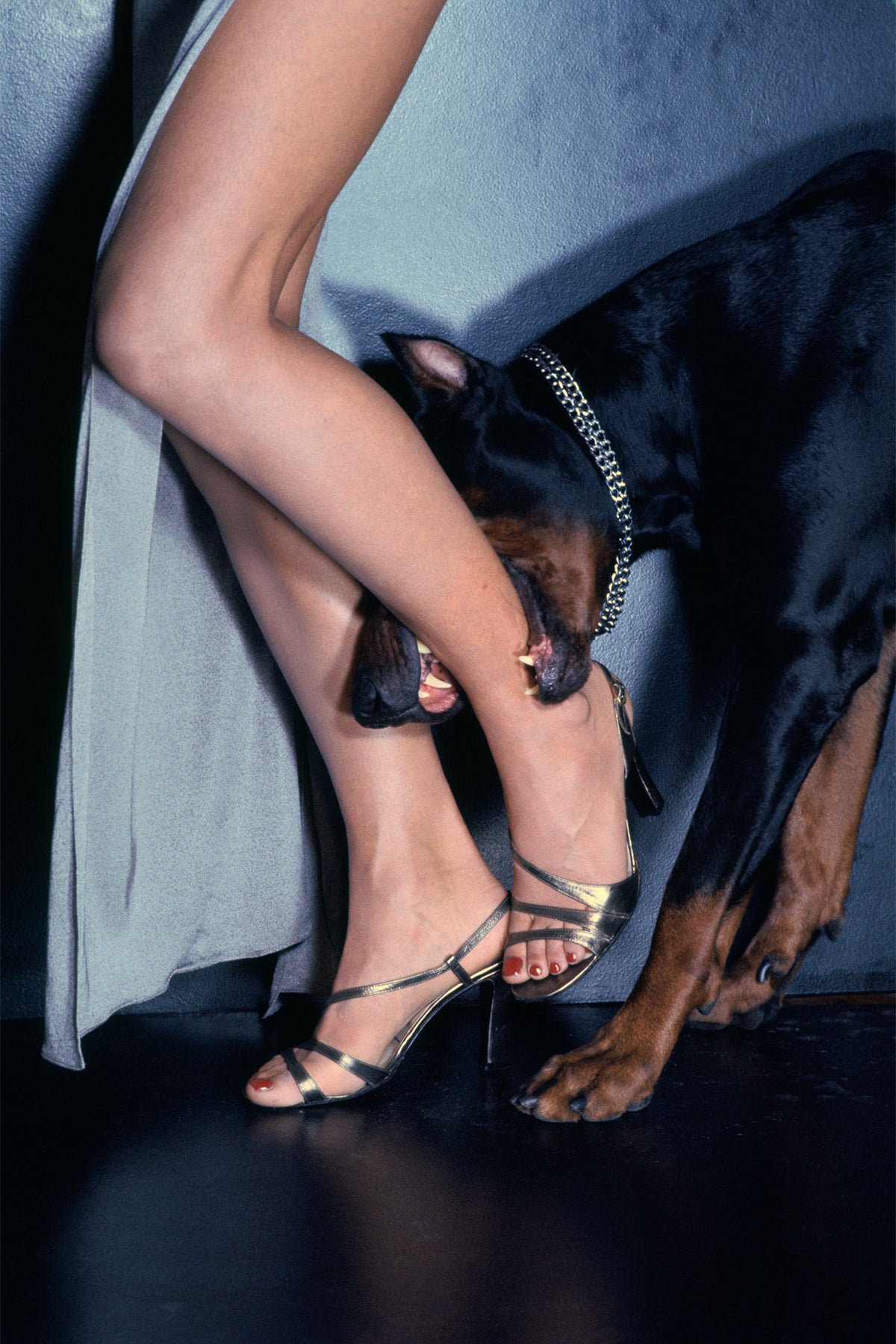Chris von Wangenheim was one of the most groundbreaking fashion photographers of the 20th century. He ranked alongside Helmut Newton and Guy Bourdin in his masterful encapsulation of the 1970s zeitgeist.

Biography
Fashion photographer Chris von Wangenheim is one of the most avant-garde image-makers in the 20th century. He ranked next to Helmut Newton and Guy Bourdin in his encapsulation of the 1970s zeitgeist.
In his relatively short career (between the years 1968 and 1981) he produced now-iconic imagery for every top fashion publication of the 70’s, including Vogue, Harper’s Bazaar and Interview. He also created unforgettable campaigns for Valentino, Dior, Calvin Klein, and Revlon.
At the peak of his success, Chris passed away in a car accident in 1981 at the age 39, leaving behind a great legacy, which remained archived for 40 years. On September 15, 2015, Rizzoli published a book Gloss: The Work of Chris von Wangenheim by Roger Padilha and Mauricio Padilha. This book contains over two hundred provocative and iconic images including never-before-seen outtakes from memorable shoots with such supermodels as Christie Brinkley, Lisa Taylor, and the late Gia Carangi.
“I realized that getting my picture was more important to me than the discomfort of someone,not understanding or someone’s opposition to my goals.”
— Chris von Wangenheim




Our Notes
This German aristocrat “was able to bring to a picture a European sophistication, and he combined an admirable love of women, a sensuous feeling, with a modern age.”
Alexander Liberman, editorial director of Conde Nast publications.
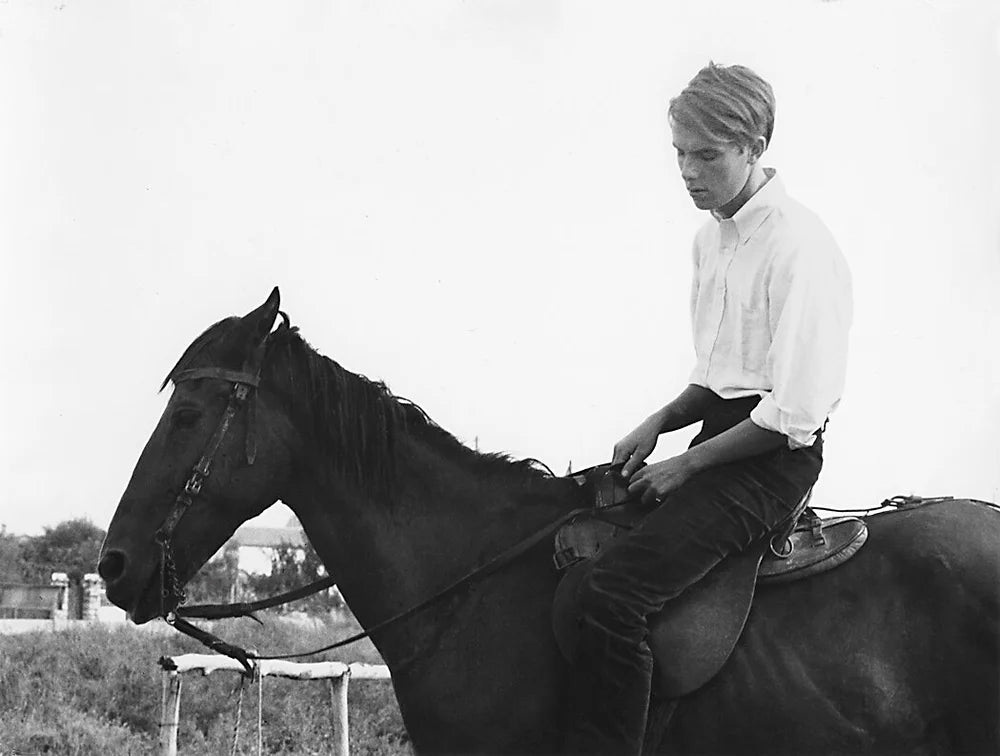
Early morning on March 10, 1981 on St. Martin, an island in the Northeast Carribean sea, a sports car ran off the highway spearing itself into the tree. The driver was killed. That driver turned out to be a 38 year old famous fashion photographer Chris Von Wangenheim.
His dark, sexually provocative images up to this day remain an illustration of 1970s high-end glamour. Chris found his artistic voice at the beginning of the decade reflecting the fashion of that decadent time which was already the main theme in Helmut Newton and Guy Bourdin’s work. “Some people branded von Wangenheim, Newton and Bourdin, ‘the terrible three’ as if those photographers were conjuring black magic through their cameras”, says Steven Klein in his foreword to the book “Gloss: Chris von Wangenheim”. His prolific and shocking storytelling quickly made him famous. He succeeded in building an illusionary but very convincing world of fragile but dangerously attractive glamour. “A good fashion photograph,” he wrote in 1980, “makes a promise it can never keep.”
“Chris was one of those photographers; he was very into creating and controlling a scenario. To him nothing was taboo, and he loved to explore the tensions between good and evil, between beauty and horror. ...it’s a sadomasochistic picture and one that was very much in tune with the times... It was a very exciting time to be young in New York if you were lucky enough to live to tell about it”.
Vera Wang
Christoph von Wangenheim was born in 1942 in Brieg near Breslau, Germany (now Brzegresp. Wrocław, Poland) to the family of German-Polish aristocrats. His family tree includes some prominent personalities such as Gustav von Wangenheim, an actor and director, known for Nosferatu (1922), Woman in the Moon (1929) and Der Kampf (1936). Chris’s father Konrad von Wangenheim was a German army Cavalry officer, a horse rider who competed at the 1936 Summer Olympics in Berlin, securing a gold medal for the German equestrian team despite suffering from a broken collarbone. During World War II he was captured by the Russians in 1944 and died near Stalingrad in 1953. By this time Chris was living in the Bavarian mountains with his mother and sister and, inspired by a kindly photographer living in the upstairs flat, had developed a burgeoning interest in photography. He carried this fascination with him into adulthood.
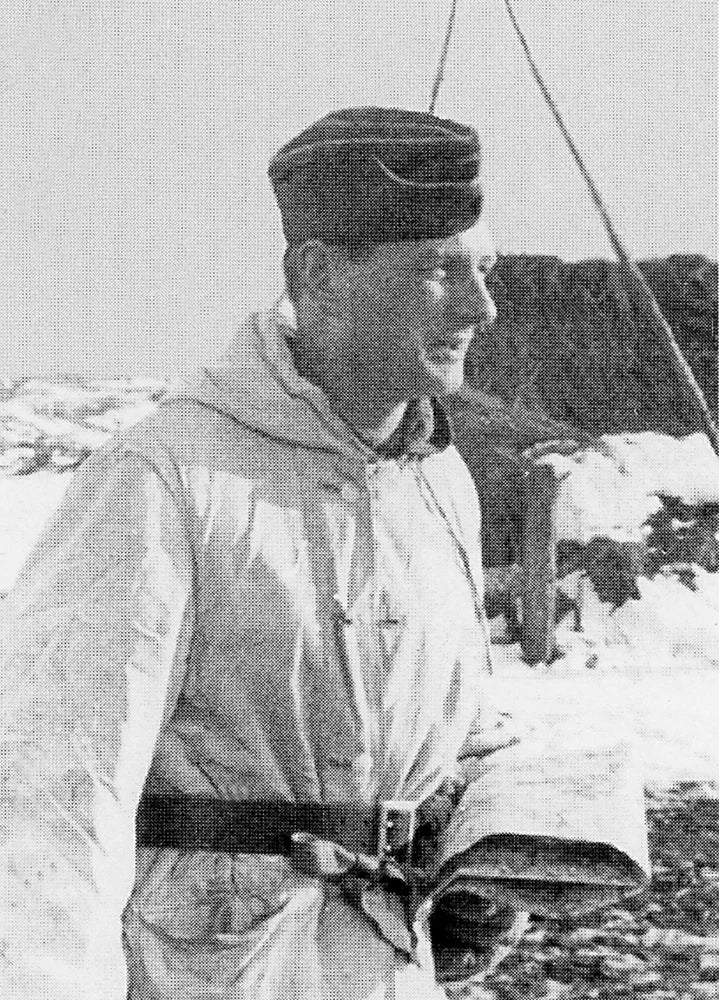
Chris never met his father but Konrad’s life circumstances seem to have influenced his son’s work. On one of the photoshoots for Italian Vogue (June 1975) he turns his models into Olympic athletes. On other occasions horses were brought into the studio. He described one image as ‘a symbolic family portrait’. All these elements come together in a 1975 Italian Vogue supplement cover in which the sleek, groomed model, described as an “intrepid rodeo amazon,” wears a leather-and-metal horse’s bridle by Hermès.
Von Wangenheim studied architecture at the University of Munich, Germany, in 1961. After studying for a period of time he decided to pursue his interest in photography. In 1965, he moved to New York City where he worked as a photographer's assistant for David Thorpe and James Moore until 1967. He started his own studio the following year and began working independently. One of the first ones to notice his work was Anna Piaggi, the newly appointed special features editor at Vogue Italia. It was in 1969 that the young photographer found his moment to shine developing his unique style. He then started to work for the American and Italian editions of Harper's Bazaar in 1970.
In 1971 Chris met Regine Jaffrey at the shoot for Revlon where she was a model and they were soon married. Regine appeared in many of Chris’s iconic works and helped him behind the scenes.
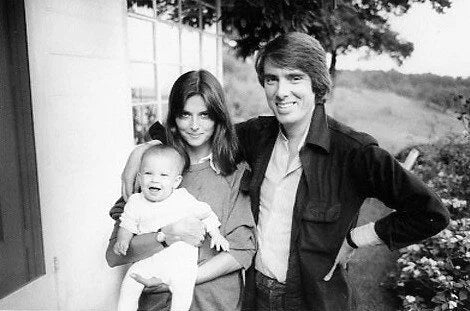
Chris was one of the photographers who could single-handedly make a model’s career. The world’s early supermodel, Gia Carangi, was one of them.
He made dramatic portraits of such beauties and divas as Bianca Jagger, Grace Jones, and Diana Ross and a striking cover and set of pictures of Raquel Welch for the December 1979.
His dark photographs were emblematic of the time—an era that encompassed Deep Throat, the sexual revolution, punk, and porn—and continually challenged the viewers’ taste by its stylized depictions. His images appeared in every top fashion publication—including Vogue, Harper’s Bazaar, Vogue Italia, and Interview—and he produced unforgettable campaigns for Dior and Valentino until he died in a car accident at age 38.
Exhibitions
Paris Photo, the Grand Palais Éphémère, Paris (2022)
Morrison Hotel Gallery’s Summer Issue, The Morrison Hotel Galleries, New York, Los Angeles, and Lahaina, Hawaii (2021)
Femme Touch, The Andy Warhol Museum, 2020 (opening postponed)
The World of Chris von Wangenheim II, The Selects Gallery, 2020
The World of Chris von Wangenheim, The Selects Gallery, 2019
Helmut Newton: Sumo, Photo Colleceon of Helmut and June, Helmut Newton Foundaeon, Berlin (2019)
Auctions
Photographs, Phillips New York (2023, 2022, 2010)
Photographs, Christie’s New York and Paris (2023, 2022, 2021, 2016, 2007,2006)
Fashion Photographs from the Susanne von Meiss Collection, Christie’s Paris (2022)
Icons of Glamour and Style: The Constantiner Collection, Christie’s Paris (2019)
Photographs From The Estate of Thomas T. Solley, Christie’s New York (2007)
20th Century Photographs The Elfering Collection, Christie’s New York (2005)


